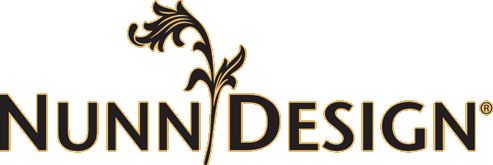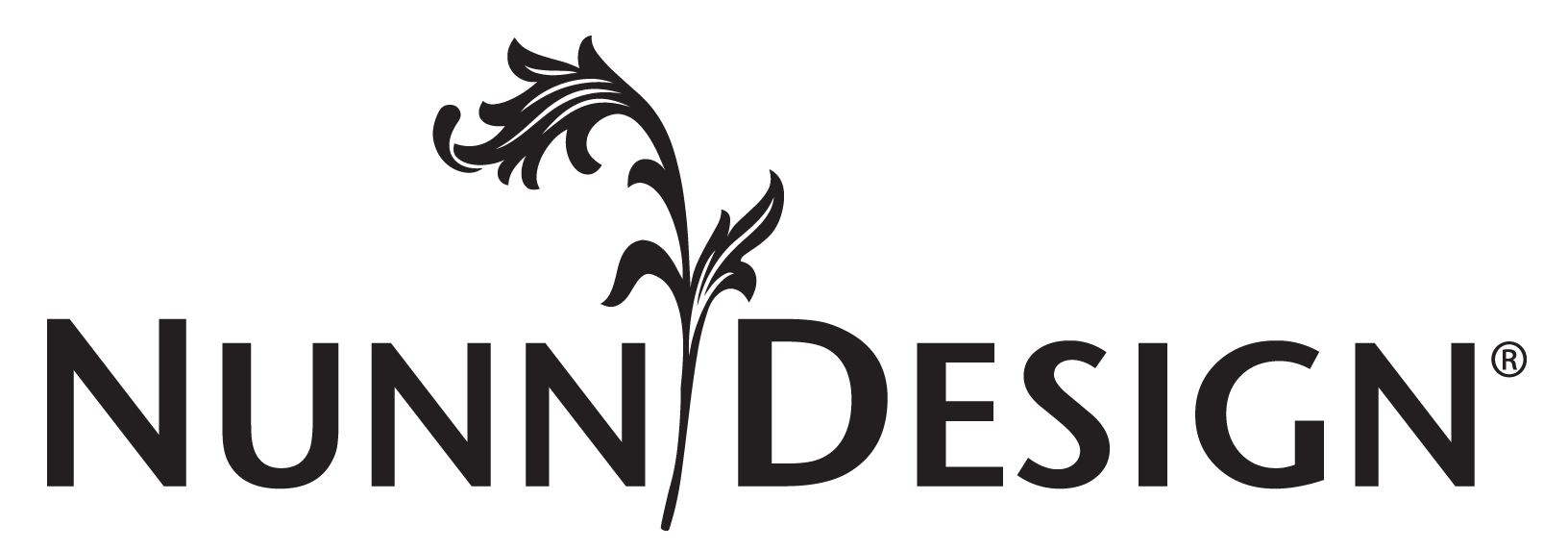Tutorials
Textured Resin Tutorial: Part 1

It was a cold and wet spring day when I first explored this technique of texturizing resin. The end result from my initial play was extremely exciting and I fell in love with the look of the finished pendants I created.
When I had time to create the tutorial, a month had passed and the hot summer days had begun. I had a different experience with this technique the second time. Some black residue stuck to the resin making it slightly discolored.
Even though the results weren’t ideal, I wanted to write this tutorial anyway. I titled it Part 1 because it is still a work in progress. I think I know why it didn’t work for me as well the second time, but let’s see if we can solve it together.
Visit Part 2 here: Textured Resin Tutorial: Part 2
Learn How!
Supplies Needed:
Nunn Design Resin Kit
Clay Squisher
Contemporary Jewelry Findings
22 Gauge Wire
Other:
Wet-wipes
Baby Powder
Ziplock Bag
Tools:
Scissors
1.8mm Hole Punch
Flush Cutters
Needle Nose Pliers
Step 1:
Select a Clay Squisher that you would like to work with.



Step 2:
Pour some baby powder onto a ziplock bag. Place your fingers into the baby powder and smear it thoroughly onto the surface of the Clay Squisher.



Step 3:
Place the Clay Squisher pad on its side and tap it lightly onto the table. The excess baby powder will fall onto the table. Wipe down your work surface, removing any excess baby powder.

Step 4:
Read the resin instructions for safety concerns regarding the Nunn Design Resin. When I work with resin, I always:
- Place a large plastic bag over my work surface and tape it down.
- I make sure I have ventilation in my workroom.
- I wear gloves.
- I wear glasses (readers because I can’t see anymore. Plus it protects my eyes!).
- I have a pile of wet wipes handy.
Step 5:
Place one cup (included in the Nunn Design Resin Kit) onto your table. For curing purposes, it is very important that the resin be an exact 1 to 1 ratio of Part A and Part B. I suggest getting your eyes level with the resin so you can see the lines on the measuring cup. Pour Part A of your resin kit up to the ½ fluid ounce mark on your measuring cup.
Pour Part B of your resin kit into the same cup until it is filled to the 1 fluid ounce mark. It is important to pour Part A first and then Part B. It is some chemical thing about the part B being heavier or something.

Step 6:
Set your timer for 2 minutes. Using the stir stick from your kit (a popsicle stick or coffee stir stick will work great too), slowly and carefully stir your resin scraping the sides as you stir. Stir for a minimum of 2 minutes. If your resin is still cloudy continue to mix until clear. After mixing is complete and your resin is clear, scrape both sides of your stir stick on the edge of your resin filled cup.

Step 7:
Pour the mixed resin onto the Clay Squisher


Step 8:
Use the resin stir stick to create a nice even surface of resin over the Clay Squisher.

Step 9:
Let resin cure for 6 hours or until the resin is hard to the touch and not sticky. This stage of the curing resin is referred to as the “soft cure” stage.
Step 10:
Bend one of the edges of the Clay Squisher and start to pick at the edge of the resin. It might be hard to get it started, but once you do, it will be fairly easy to pull back the soft cured resin.



Step 11:
It was at this stage that things were different for me from spring to summer. The resin was picking-up some black. Here is where my problem solving testing still has to be played with.


Here are my theories on why this could have happened:
- Was the black some ink that I had used prior on the Clay Squisher?
- Was it some residue of black Crystal Clay from a previous project?
- Or maybe it was the heat that was causing the rubber from the Clay Squisher to stick to the curing resin.
Weird huh? What was confusing is that I had really scrubbed down the pad prior to using it. Maybe I scrubbed off some of the rubber shiny protective surface? And that shiny surface is what prevented it from sticking to the resin? I’m not even sure if there is a shiny protective surface.
Although I finished taking step-out photos at this point, let me walk you through the final steps.
Step 12:
The soft cured resin will be really easy to cut with a pair of scissors. Lay a Contemporary Jewelry Finding onto the surface of the soft cured resin. Hold the Contemporary Findings and the resin in place with one hand while you cut the resin with your other.
Step 13:
Next, use a 1.8mm Hole Punch to create some holes in the resin. You will want to punch the holes far enough in from the edge as not to easily tear the resin when you are stitching on the 22-gauge wire.
Step 14:
Using a pair of flush cutters, cut 1’ of 22-gauge wire. Thread the wire through the punched hole in the resin and wrap it around the Contemporary Frame several times.

Step 15:
Use your flush cutters again to cut away the extra wire. I cut the wire consistently where it was coming up through the resin hole. Continue until all of the Contemporary Frame is secured to the texturized resin.

Shop the Supplies!
Thoughts?
Do you have any ideas on why I had different results? Please comment below.
Visit Part 2 here: Textured Resin Tutorial: Part 2
Shop Nunn Design Wholesale
Nunn Design has been supplying jewelry artists with findings for over 20 years. Shop wholesale jewelry findings for creative jewelry makers.
Shop Nunn Design!How to Purchase Wholesale?
If you are interested in becoming one of the many designers who trust their jewelry to Nunn Design Findings, please join us by registering to become one of our wholesale customers!
Please visit our Where to Buy Page for a listing of online stores that sell Nunn Design Findings retail.
If you enjoyed reading this post, please subscribe to our blog. Here are 10 Reasons Why to Subscribe and a place to do so!







No clue why the sheets of resin picked up black from the clay squisher (maybe you didn’t have enough baby powder on the sheets?), but I really like the look of the textured resin. Looks like old window glass. Wondering if using a mica powder would work in place of the baby powder. Looking forward to trying this tech. TFS!
The mica powder will work. Try it and see! I think the look of old glass is exactly what attracts me to this too. Often old doors or even doors to a hutch cabinet will have textured glass like this and I LOVE it so.
I LOVE it too!
Becky…I’m wondering if you used the same clay squished both times?
I’m also wondering what the temperature was the second time around.
It has to be coming from the squisher …there’s just no other place for it to come from. So does the high heat affect the squisher? You would hope not.
Waiting to see you test the theory with a brand new squeaky clean squisher.
Absolutely love the results… especially with the black residue. It gives it a patina that would be hard to get otherwise and one you strive for with metal.
I don’t think I did use the same Clay Squisher both times. There might of been some junk left on it from previous use, but I had completely cleaned and dried it.
The next test will involve using a new Clay Squisher, but making sure that the technique works multiple times using the same Clay Squisher. I’d hate to teach something that required having to purchase a new texturing pad each time.
You are right, even the black has a cool quality. Then there is the whole direction of intentionally laying down ink to create a totally different look. That will be cover in Part 2.
All creative experiments have value, don’t they.
Mica did not work well for me at all. I used scrubbed clean well-worn mats, liberally applied baby powder with a clean craft paint brush, and tapped it off as Becky recommends. It’s important to pour the resin when it’s somewhat thick in it’s consistency, otherwise it will run all over, and will peel off in bits and pieces if it’s too thin. I’ll pay attention to the air temperature the next time I do this, but I think it was around 65-70 degrees.
I think they turned our really pretty and what a cool idea. I think i may have tried something like this on a rubber stamp but the resin would not come off. I love the looks it makes with using those clay stamp pads
The key to this is removing the resin when it is at the soft cure phase. 6 hours is what I waited. It also is super helpful that the texture is bendable (verses a rubber stamp mounted to wood). Oh, and also, make sure the resin is fairly thick when you pour it on to the texture.
I’m kinda leaning toward residue from prior inkings being the culprit. In the images you provide I looked at the texture sheet when you put the powder on and there appears to be some missing spots, where the powder didn’t completely cover the recessed areas. Keep experimenting, I love your efforts.
I am looking forward to trying this next in my experiments. They look very much like a beach glass shard I have
Can I do the same technique with an unmounted rubber stamp?
Awesome tutorial — thank you.
Jodi-
I am not fluent in the variety of rubber stamps that this technique would work on, but my first response is “why wouldn’t it”. I think as long as it is rubber and the resin is super thick that it would work. Try it on one that isn’t your favorite to just test it.
Make sure to see Part 2 of this tutorial: https://www.nunndesign.com/texturized-resin-tutorial-part-2/
You definitely picked up some clay/ink residue. The rubber would no be negatively affected by the little heat from your resin. Idk why you used baby powder. If you wanted a smokey look then use a mica powder or eyeshadow. If you use the power for release use any oil for a mold release, I use vaseline but just a little then I still wipe most of it off. Or you can spend the extra for mold release. Try cleaning your squishers with hot water and dawn, I wouldnt use rubbing alcohol, it breaks down rubber. If you love this process I suggest getting some silicone mold making supplies and make a texture mold of your squishers.